How to Grow Blueberries at Home
Do you want to grow blueberries in your garden at home? It’s easier than you might think! Here, I’ll share all the tips you need to get started. Don’t skip the essentials!
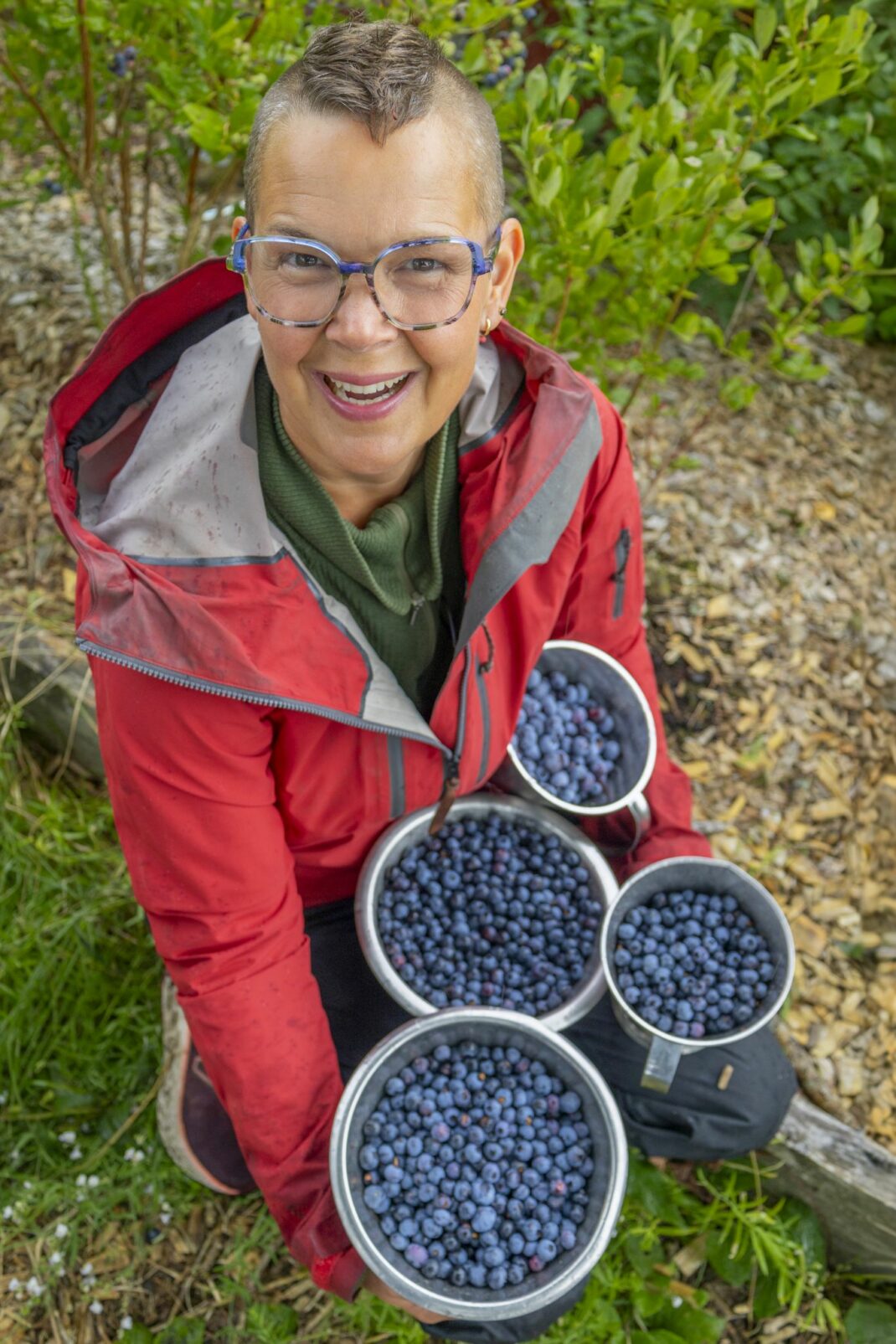
Half of my blueberry harvest a rainy day in late summer last year. Do you want to grow blueberries too?
Many readers of Sara at Skillnaden's are curious about blueberries and would love to grow blueberries in their own gardens. That’s so exciting! I hope this post will give you everything you need to take the leap and start growing blueberries at home. Blueberries are fantastic additions to any garden and work equally well in small or large spaces.
Read more: Chocolate mud cake with blueberries
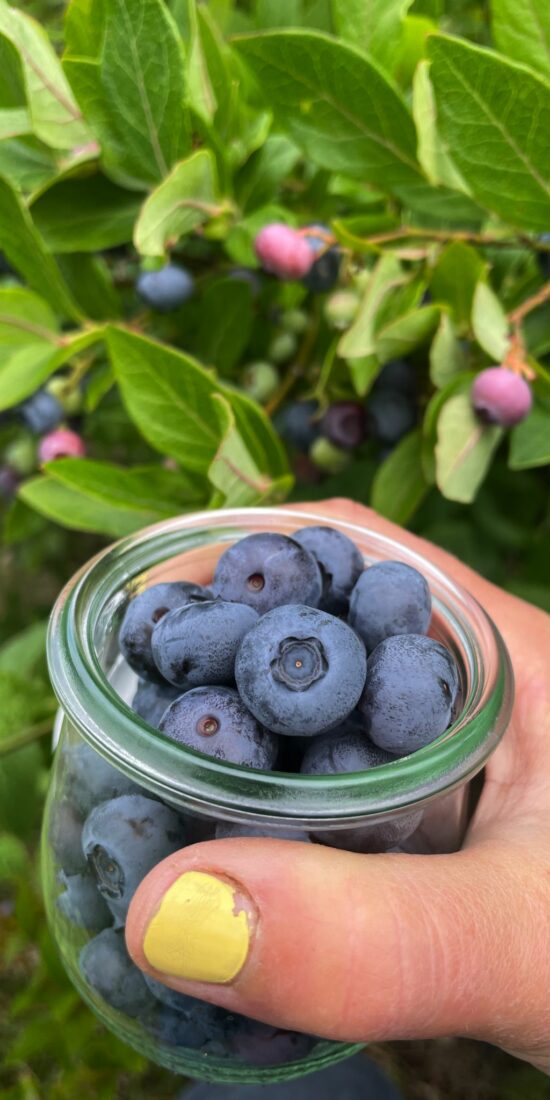
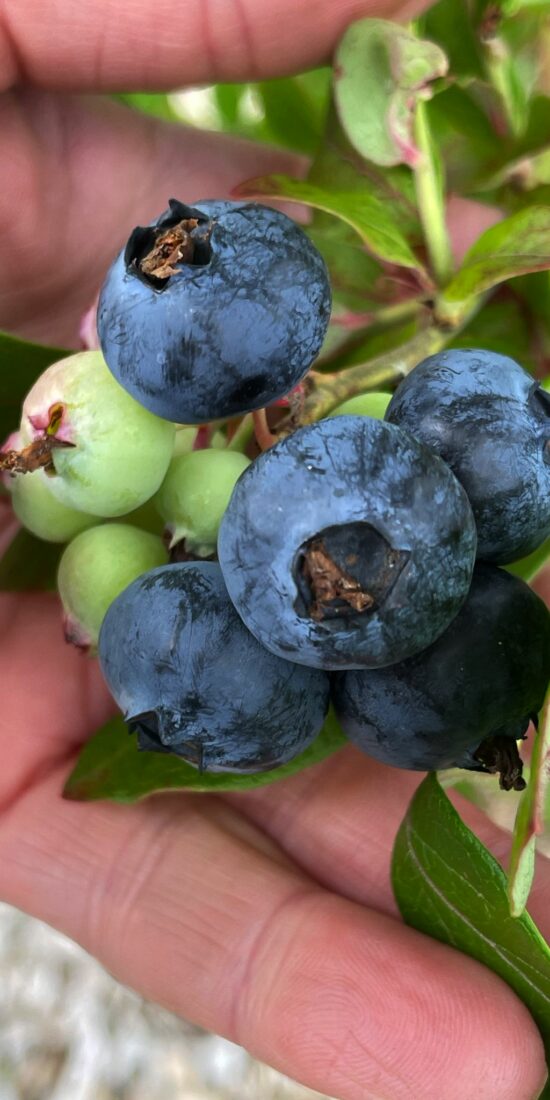
Buying blueberry bushes
Nowadays, you can find blueberry bushes in most garden centers—both local shops and online stores are selling plants. There’s often plenty of options to choose from, and most of the varieties sold in Sweden (where I live) are hardy enough to survive our harsh winters too.
The cultivated blueberry bushes are larger than their wild cousins in the forest (it's an entirely different species). Some cultivated varieties can grow several feet tall. The berries are also bigger and taste similar to the ones you can get from the supermarket — only much better because they’re fresh, ripe, and hand-picked from your own garden!
Always plant at least two bushes of different varieties in your garden. While plants of the same variety can produce berries, you’ll get a better harvest when you grow multiple varieties. Plus, the berries themselves are often larger when cross-pollinated with pollen from another variety.
Read more: How to prune blackberries
Grow blueberries and cultivate patience
Blueberries take a few years to establish and are said to produce the most berries after around eight (!!!) years. For this reason, it’s best to invest in larger plants if you can.They’re more expensive but will reward you with fruit sooner.
In my garden, I grow blueberries of many different varieties, and honestly, I think they’re all great. Some produce berries early in the season, while others bear fruit later. Some have larger berries, others smaller ones. They complement each other just beautifully.
The only variety I don’t recommend is the flashy ‘Pink Lemonade,’ which produces pink berries. The bushes are outrageously expensive and take an exceptionally long time to establish. Reports suggest that it might take over ten years to get a decent harvest from them. I planted one nearly a decade ago and got my first harvest of five whole berries two years ago. Last year, it was about the same. There are much better options that start producing berries sooner.
Typically, you can expect a reasonable harvest 3-5 years after planting, once the bushes have established themselves and grown a bit.
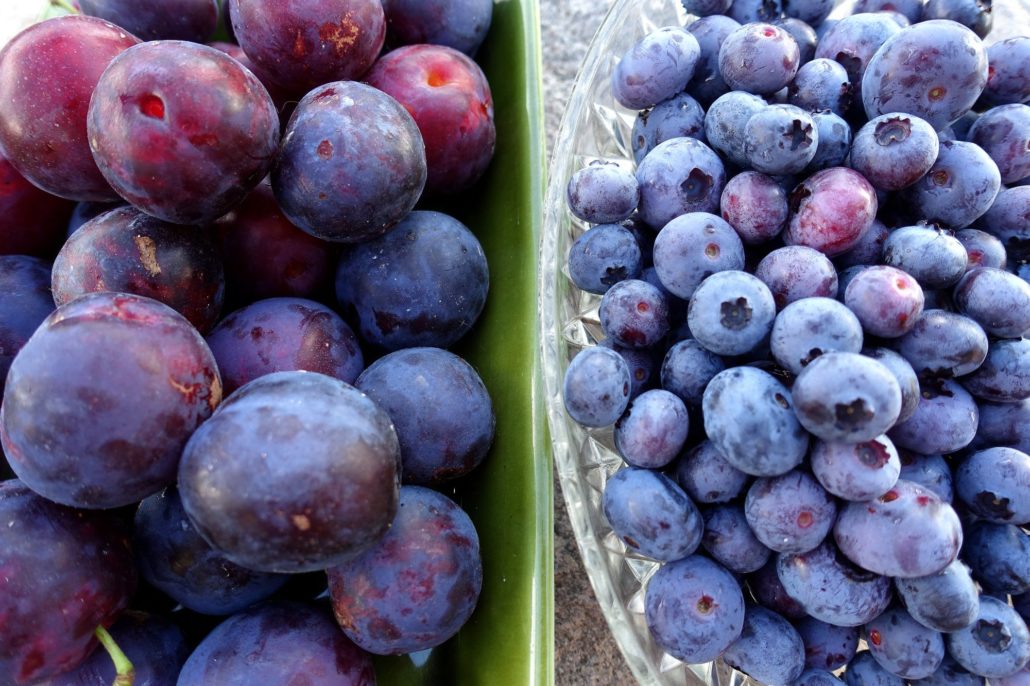
In summer, I love making blueberry jam, juice, and marmalade. Blueberries can be mixed with blue plums—it’s absolutely delicious!
Where to grow blueberries?
Blueberries love a sunny spot. So, don't make the mistake of planting these valuable bushes in the shade. While wild blueberries often grow under trees, our cultivated varieties thrive in full sunshine.
Choose a sunny location in your garden and make a plan for the two bushes you’re starting with (and maybe a few more down the line). Many gardeners get so hooked on the incredible taste of homegrown blueberries that they quickly start adding more plants!
Besides sunlight, consider the watering needs. Blueberries have shallow root systems and take up moisture close to the surface, so be careful with drier spots. If you’re planting them in a dry part of the garden, you may need to water occasionally—either with a drip irrigation system or by hand.
A tip for conserving water is to cover the soil around the plants to prevent it from evaporating. I usually grow blueberries in areas covered with landscape fabric and wood chips. The roots spread just underneath the fabric, where it stays moist and cool, even on hot summer days.
Read more: How to grow strawberries - 5 tips
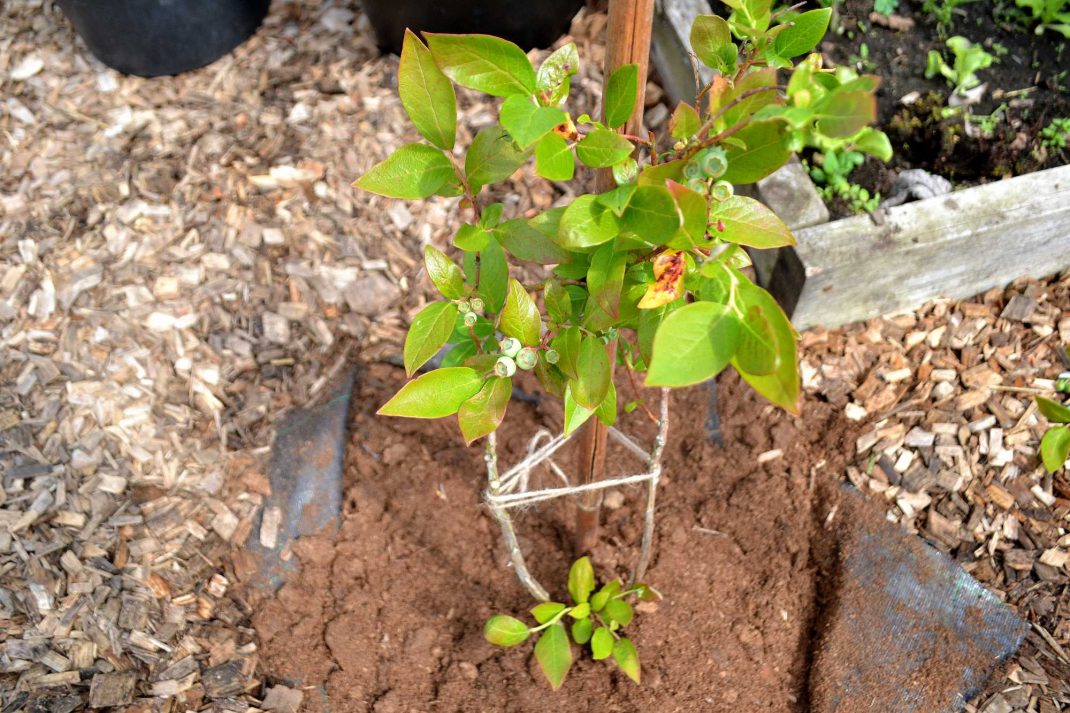
How to plant blueberries
Blueberries are different from many other berries we grow in the garden, simply because they don’t thrive in regular soil. This is very important to remember! If you plant them in regular soil, they’ll grow poorly and eventually die.
Blueberries need acidic soil like peat, rhododendron soil, or humus-rich soil from a coniferous forest (always ask the landowner for permission to get soil from there if you don’t own the forest yourself).
Here’s how to plant blueberries:
- Place the pot with the plant in a bucket of water for an hour before planting.
- Dig a hole in the ground that’s at least twice as wide and deep as the pot.
- Fill the hole with water and let it drain.
- Add acidic soil to the hole, so the pot can sit level with the ground.
- Water the soil in the hole to allow it to absorb moisture.
- Remove the plant from the pot and place it in the hole.
- Fill halfway with acidic soil, water, and then fill the rest of the hole.
- Firm the soil gently around the plant and water again.
- Cover the soil surface with mulch like wood chips, sawdust, or pine needles—ideally over landscape fabric.
Every few years, top up the soil with more acidic material (peat, rhododendron soil, or humus from coniferous forests).
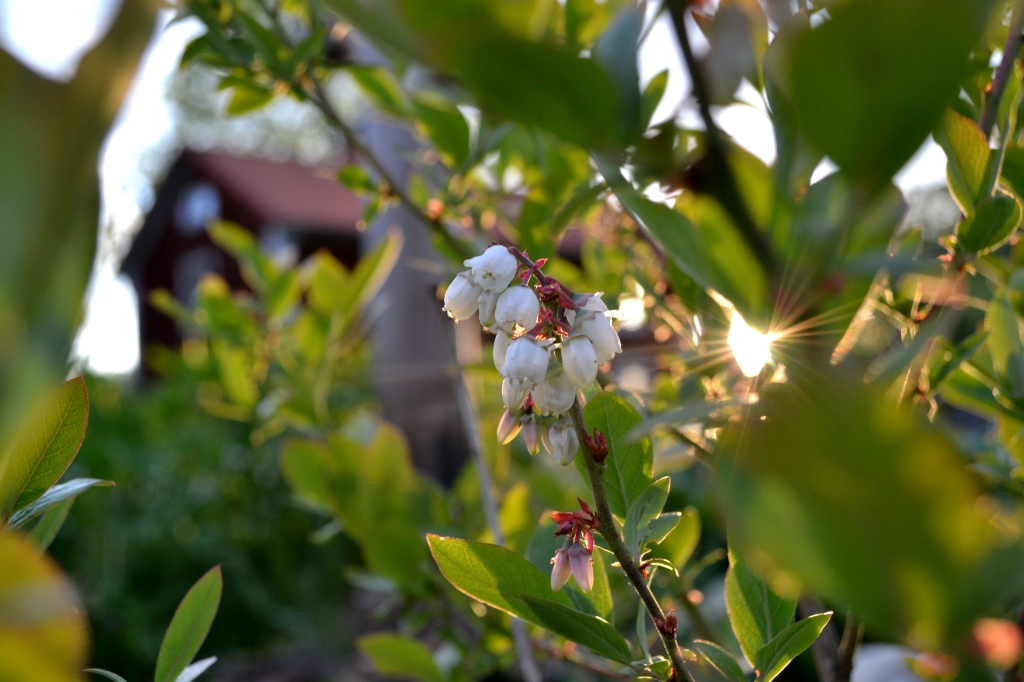
Caring for blueberries
Cultivated blueberries are incredibly low-maintenance. The hardest part when you grow blueberries is being patient while the plants are young since they grow slowly and take time to bear fruit.
Here are a few tips on how to care for them:
- Blueberries may need extra water during dry spells in spring or summer. If they dry out, flowers and young berries may just fall off.
- Severe drought can also prevent the plant from growing new shoots for next year, making it weaker altogether. So, keep them watered.
- No pruning is needed during the first few years.
- As the plant matures it might grow large and unruly. Prune the bush in spring by cutting them near the ground to encourage new growth.
- To rejuvenate old plants after 10–20 years, you can cut them down entirely to the ground.
- Fertilization isn’t usually necessary, but if you want to try it, use fertilizer for acid-loving plants in spring.
More: Follow me on YouTube here
The lists above might seem long and complicated, but I promise it’s much simpler to grow blueberries than it might seem. Dig a hole, fill it with peat or similar, plant the bush—that’s it. The rest comes naturally. Maintenance is minimal, but the rewards are incredible. We harvest so many berries in my gardens. They ripen gradually from midsummer until the frost. They’re delicious, versatile, and loved by kids.
So, grow blueberries!
/ Sara at Skillnaden's
10. January 2025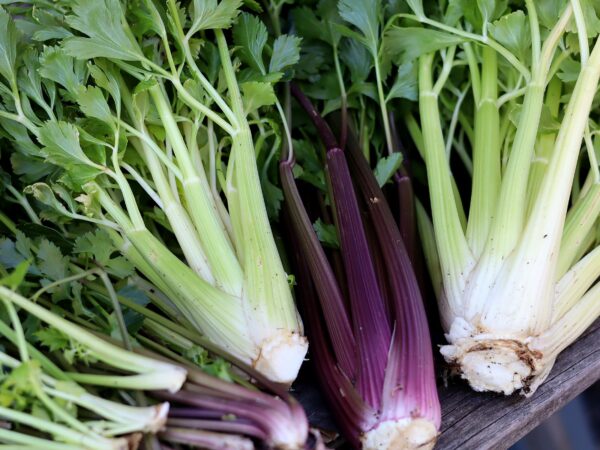

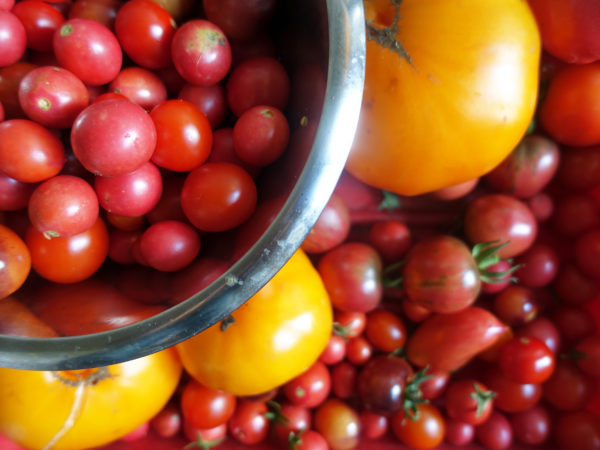
Leave a Reply
You must be logged in to post a comment.